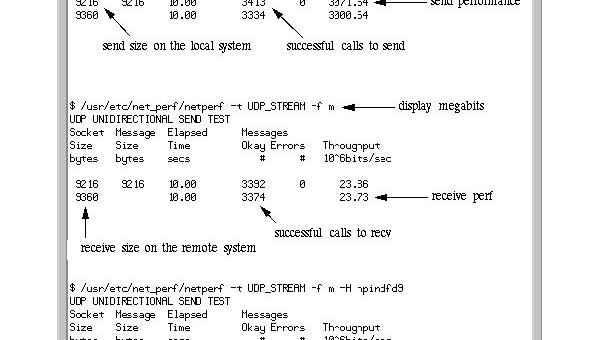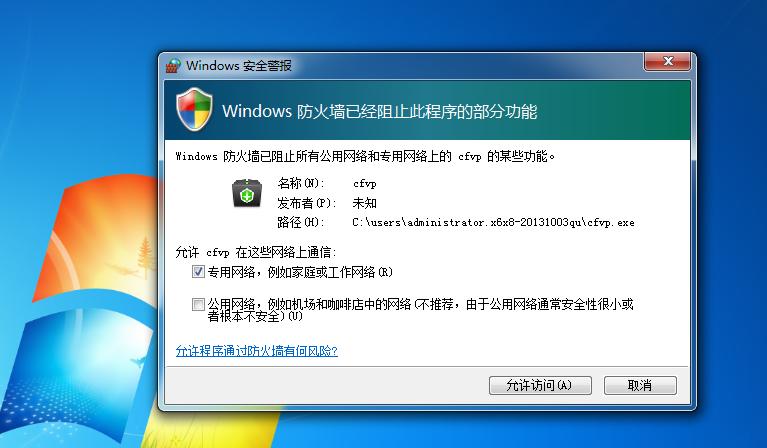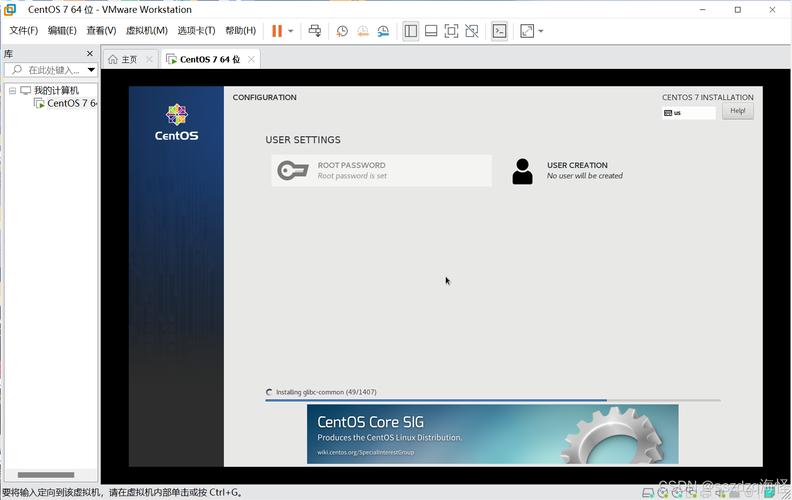Go语言中的Goroutine和channel怎么使用
这篇“Go语言中的Goroutine和channel怎么使用”文章的知识点大部分人都不太理解,所以小编给大家总结了以下内容,内容详细,步骤清晰,具有一定的借鉴价值,希望大家阅读完这篇文章能有所收获,下面我们一起来看看这篇“Go语言中的Goroutine和channel怎么使用”文章吧。
Go 语言的 CSP 并发模型的实现包含两个主要组成部分:一个是 Goroutine,另一个是 channel。
Goroutine
Goroutine 是 Go 应用的基本执行单元,它是一种轻量的用户级线程,其底层是通过 coroutine(协程)去实现的并发。众所周知,协程是一种运行在用户态的用户线程,因此 Goroutine 也是被调度于 Go 程序运行时。
基本用法
语法:go + 函数/方法
通过 go 关键字 + 函数/方法 可以创建一个 Goroutine。
代码示例:
import ( "fmt" "time")func printGo() { fmt.Println("具名函数")}type G struct {}func (g G) g() { fmt.Println("方法")}func main() { // 基于具名函数创建 goroutine go printGo() // 基于方法创建 goroutine g := G{} go g.g() // 基于匿名函数创建 goroutine go func() { fmt.Println("匿名函数") }() // 基于闭包创建 goroutine i := 0 go func() { i++ fmt.Println("闭包") }() time.Sleep(time.Second) // 避免 main goroutine 结束后,其创建的 goroutine 来不及运行,因此在此休眠 1 秒}
执行结果:
闭包具名函数方法匿名函数
当多个 Goroutine 存在时,它们的执行顺序是不固定的。因此每次打印的结果都不相同。
由代码可知,通过 go 关键字,我们可以基于 具名函数 / 方法 创建 goroutine,也可以基于 匿名函数 / 闭包 创建 goroutine。
那么 Goroutine 是如何退出的呢?正常情况下,只要 Goroutine 函数执行结束,或者执行返回,意味着 Goroutine 的退出。如果 Goroutine 的函数或方法有返回值,在 Goroutine 退出时会将其忽略。
channel
channel 在 Go 并发模型中扮演者重要的角色。它可以用于实现 Goroutine 间的通信,也可以用来实现 Goroutine 间的同步。
channel 的基本操作
channel 是一种复合数据类型,声明时需要指定 channel 里元素的类型。
声明语法:var ch chan string
通过上述代码声明一个元素类型为 string 的 channel,其只能存放 string 类型的元素。channel 是引用类型,必须初始化才能写入数据,通过 make 的方式初始化。
import ( "fmt")func main() { var ch chan string ch = make(chan string, 1) // 打印 chan 的地址 fmt.Println(ch) // 向 ch 发送 "Go" 数据 ch <- "Go" // 从 ch 中接收数据 s := <-ch fmt.Println(s) // Go}
通过 ch <- xxx 可以向 channel 变量 ch 发送数据,通过 x := <- ch 可以从 channel 变量 ch 中接收数据。
带缓冲 channel 与无缓冲 channel
如果初始化 channel 时,不指定容量时,则创建的是一个无缓冲的 channel:
ch := make(chan string)
无缓冲的 channel 的发送与接收操作是同步的,在执行发送操作之后,对应 Goroutine 将会阻塞,直到有另一个 Goroutine 去执行接收操作,反之亦然。如果将发送操作和执行操作放在同一个 Goroutine 下进行,会发生什么操作呢?看看下述代码:
import ( "fmt")func main() { ch := make(chan int) // 发送数据 ch <- 1 // fatal error: all goroutines are asleep - deadlock! // 接收数据 n := <-ch fmt.Println(n)}
程序运行之后,会在 ch <- 处得到 fatal error,提示所有的 Goroutine 处于休眠状态,也就是死锁了。为避免这种情况,我们需要将 channel 的发送操作和接收操作放到不同的 Goroutine 中执行。
import ( "fmt")func main() { ch := make(chan int) go func() { // 发送数据 ch <- 1 }() // 接收数据 n := <-ch fmt.Println(n) // 1}
由上述例子可以得出结论:无缓冲 channel 的发送与接收操作,一定要放在两个不同的 Goroutine 中进行,否则会发生 deadlock 形象。
如果指定容量,则创建的是一个带缓冲的 channel:
ch := make(chan string, 5)
有缓冲的 channel 与无缓冲的 chennel 有所区别,执行发送操作时,只要 channel 的缓冲区未满,Goroutine 不会挂起,直到缓冲区满时,再向 channel 执行发送操作,才会导致 Goroutine 挂起。代码示例:
func main() { ch := make(chan int, 1) // 发送数据 ch <- 1 ch <- 2 // fatal error: all goroutines are asleep - deadlock!}
声明 channel 的只发送类型和只接收类型
既能发送又能接收的
channelch := make(chan int, 1)通过上述代码获得
channel变量,我们可以对它执行发送与接收的操作。只接收的
channelch := make(<-chan int, 1)通过上述代码获得
channel变量,我们只能对它进行接收操作。只发送的
channelch := make(chan<- int, 1)通过上述代码获得
channel变量,我们只能对它进行发送操作。
通常只发送 channel 类型和只接收 channel 类型,会被用作函数的参数类型或返回值:
func send(ch chan<- int) { ch <- 1}func recv(ch <-chan int) { <-ch}
channel 的关闭
通过内置函 close(c chan<- Type),可以对 channel 进行关闭。
在发送端关闭
channel在
channel关闭之后,将不能对channel执行发送操作,否则会发生panic,提示channel已关闭。func main() {
ch := make(chan int, 5)
ch <- 1
close(ch)
ch <- 2 // panic: send on closed channel
}管道
channel之后,依旧可以对channel执行接收操作,如果存在缓冲区的情况下,将会读取缓冲区的数据,如果缓冲区为空,则获取到的值为channel对应类型的零值。import "fmt"
func main() {
ch := make(chan int, 5)
ch <- 1
close(ch)
fmt.Println(<-ch) // 1
n, ok := <-ch
fmt.Println(n) // 0
fmt.Println(ok) // false
}如果通过 for-range 遍历
channel时,中途关闭channel则会导致for-range循环结束。
以上就是关于“Go语言中的Goroutine和channel怎么使用”这篇文章的内容,相信大家都有了一定的了解,希望小编分享的内容对大家有帮助,若想了解更多相关的知识内容,请关注恰卡编程网行业资讯频道。






